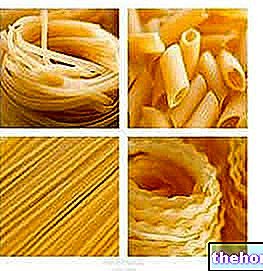Based on their chemical structure, carbohydrates are classified into simple and complex.
Simple carbohydrates, commonly called sugars, include monosaccharides, disaccharides and oligosaccharides. In nature there are more than 200 monosaccharides which differ in the number of carbon atoms present in their chain.
Hexoses (fructose, glucose, galactose) are the most important from a nutritional point of view.
Oligosaccharides are formed by the union of two or more monosaccharides (maximum 10). They are found mainly in vegetables and in particular in legumes. The best known, since they are important from a nutritional point of view are disaccharides (sucrose, lactose and maltose).
. Its glycemic index is 68 ± 5
Among the oligosaccharides we mention maltodextrins.
Polysaccharides are formed by the union of numerous monosaccharides (from 10 to thousands) through glycosidic bonds. Vegetable polysaccharides (starches and fibers) and polysaccharides of animal origin (glycogen) are distinguished. Polysaccharides containing a single type of sugars are called homopolysaccharides, while those containing different types of monosaccharides are called heteropolysaccharides.
, beans and sweet potatoes. In nature it is present in two forms, amylose and amylopectin. The higher the amylopectin content, the more digestible the food is.
Proportions of amylose and amylopectin in the starch molecule of different origins
Foods
Amylose (%)
Amylopectin (%)
wheat
25,0
75,0
corn
24,0
76,0
rice
18,5
81,5
potatoes
20,0
80,0
tapioca
16,7
83,3
While glucose is absorbed rapidly (both by osmotic gradient and by active transport), fructose is absorbed more slowly, through a facilitated diffusion mechanism, which is the basis of its low glycemic index.
MORE: Functions of carbohydrates and their role in Diet and Sport "
See also: Diet and carbohydrates
Artificial sweeteners
Fructose
Carbohydrates




























